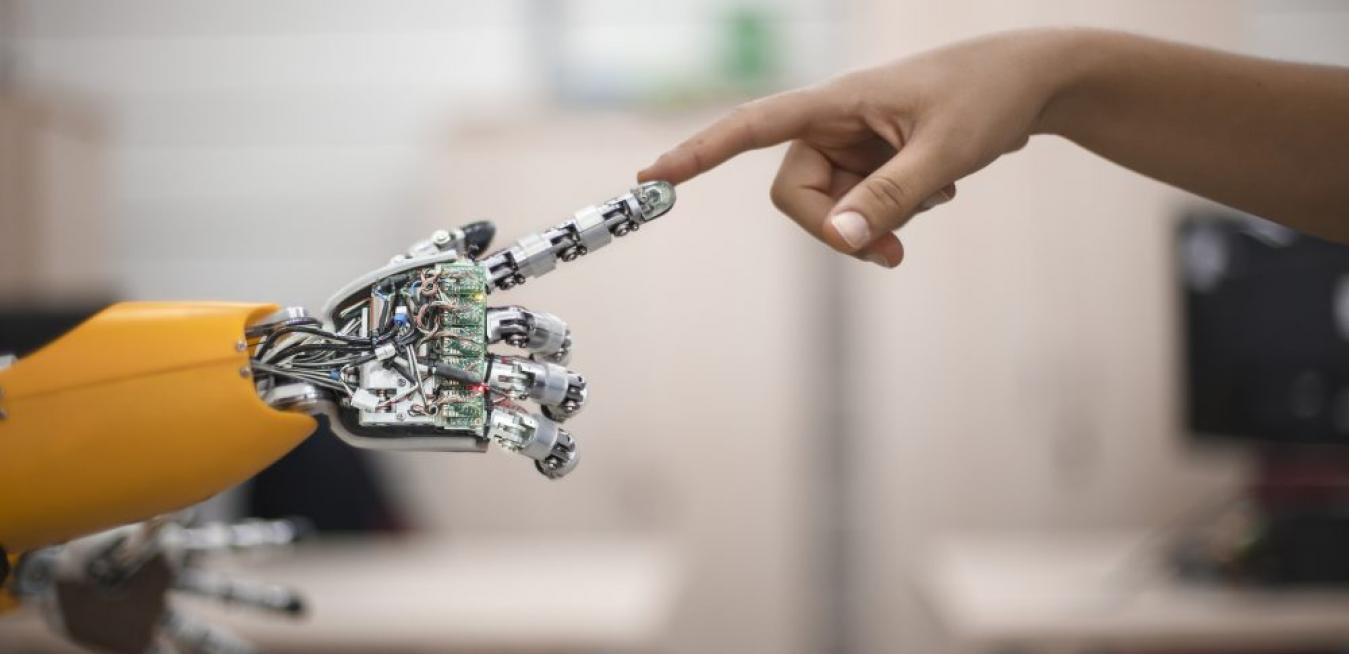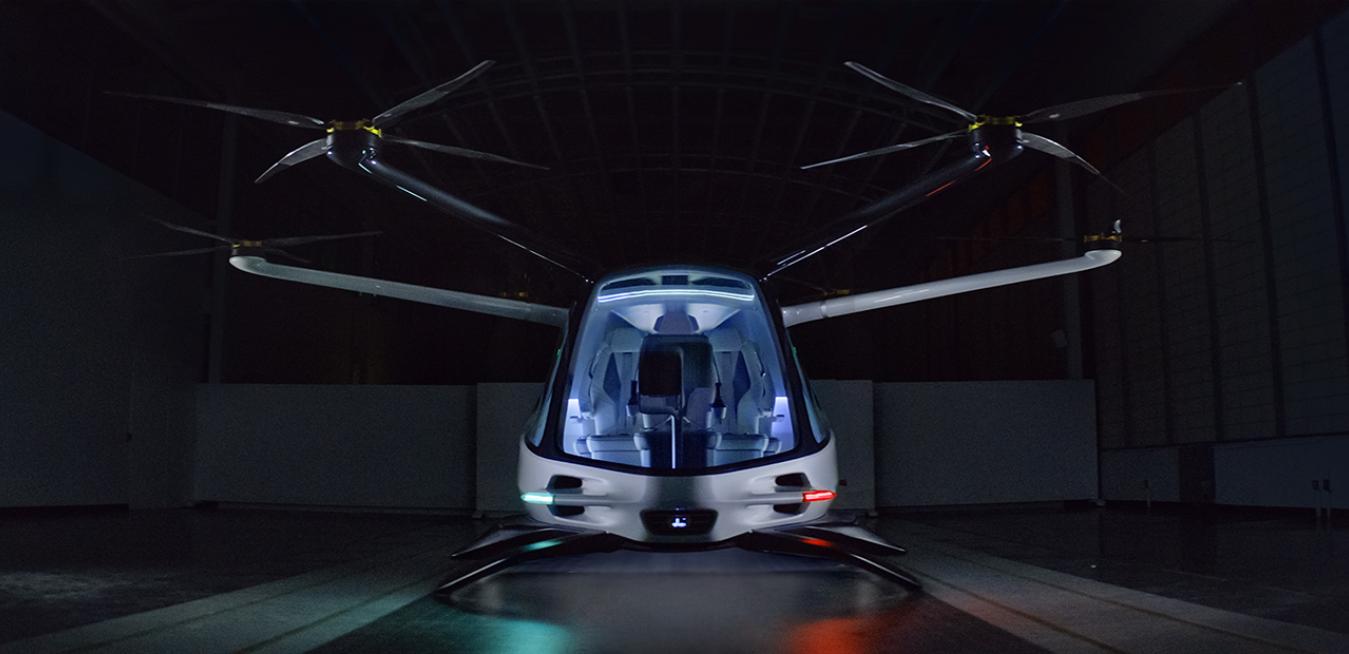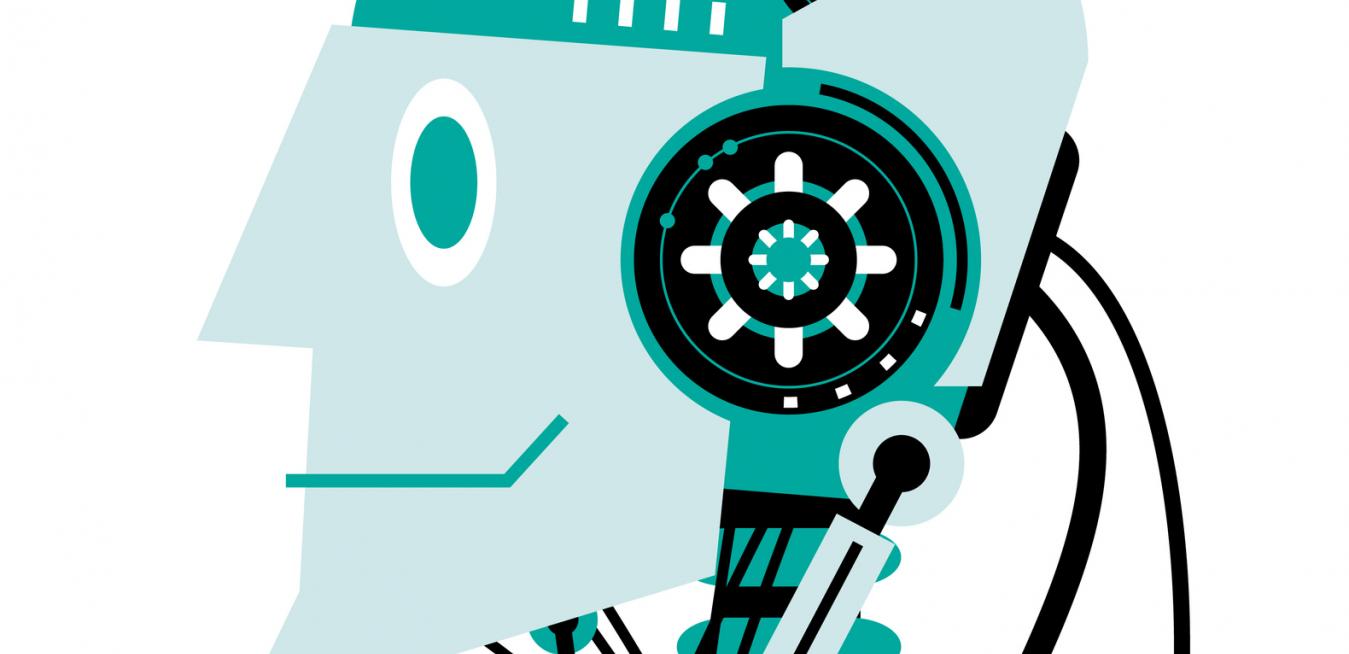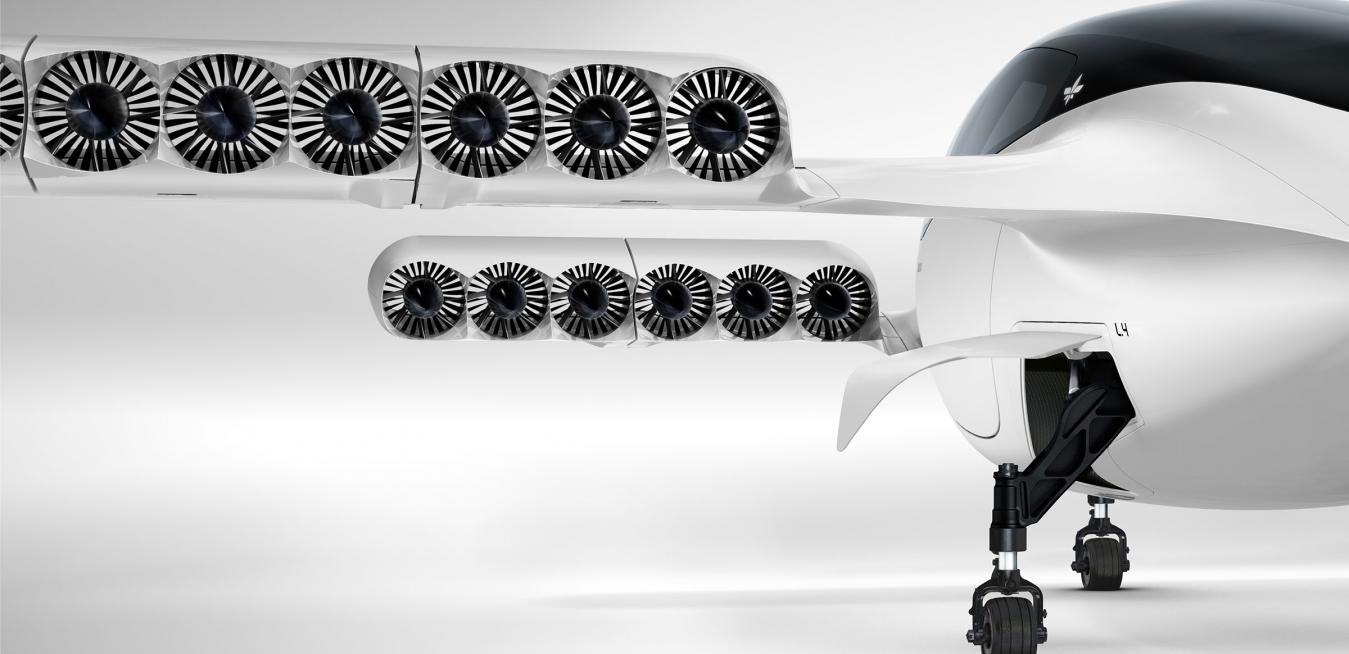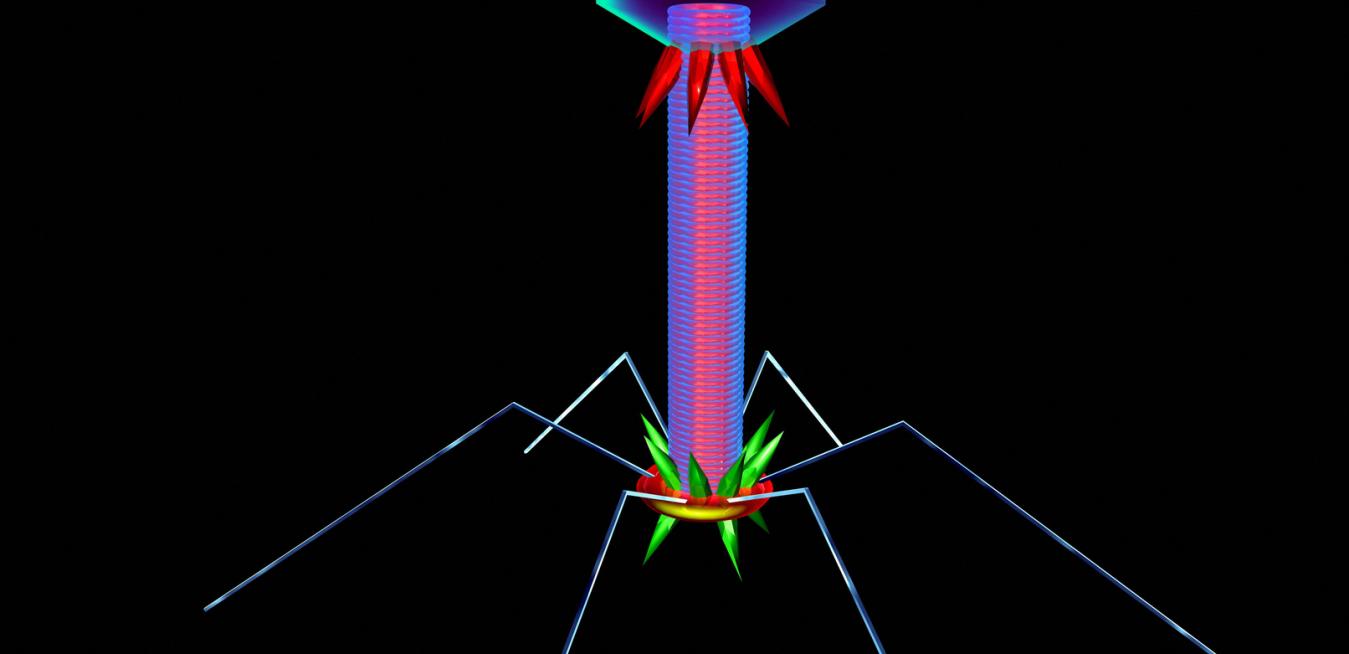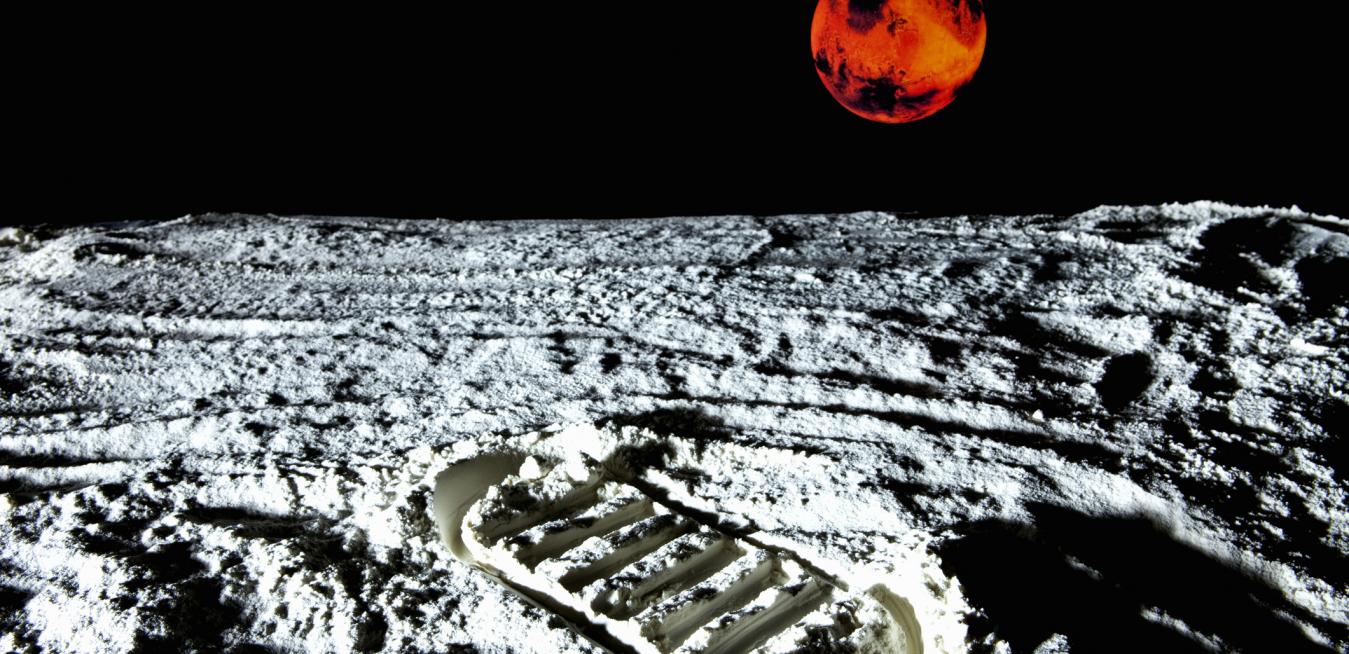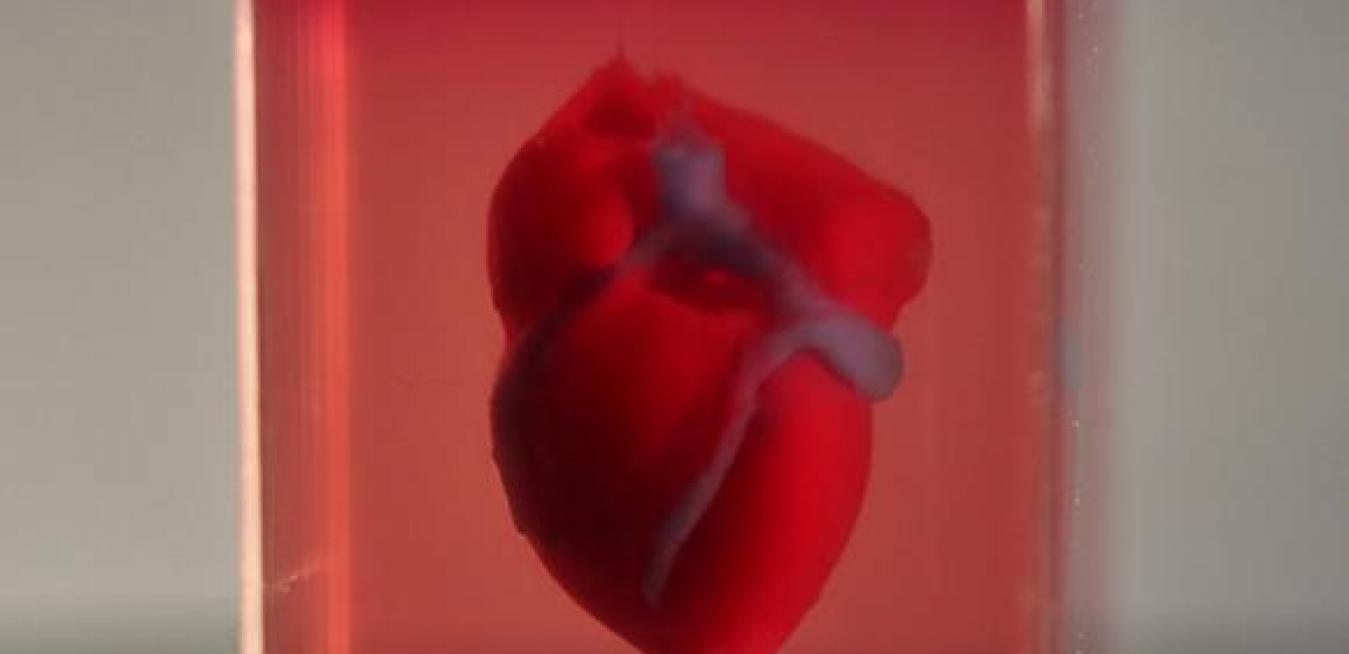Memory Aid
Fixing Cells On-Site
Scientists devised a microscopic “submarine” that could ply the deepest interiors of the human body, delivering drugs to the exact places they’re needed, while engineers built a prototype of an “air taxi” powered by hydrogen fuel cells, and astronauts on board the International Space Station studied the effect of cosmic radiation on DNA. We’re way past planes, trains, and automobiles in this week’s coolest scientific discoveries.
AI-trained robots are learning to read their surroundings based on just a few visual cues, and they’re becoming better drivers too; elsewhere, smart machines on the factory floor are working in “swarms” to increase quality and efficiency. It’s a bot’s life in this week’s 5 Coolest Things, which also include advances in electro-textiles and a fascinating insight into evolutionary biology.
German engineers bring us closer to air taxis that’ll zip passengers between cities, British researchers replace E. coli’s genome with a synthetic alternative, and Chinese researchers design a “glue” that can quickly stanch arterial bleeding. All these shiny new advances — plus one of the oldest trees in the world — in this week’s coolest scientific discoveries.
Microscopic viruses could be ammunition in the fight against antibiotics resistance, a new technique could solve a shortage of lungs for transplants, and an effective, low-cost method of desalination could make industrial waste less toxic. Things are really looking up in this week’s coolest scientific discoveries.
A new kind of immunotherapy could be effective against colorectal cancer, 3D-printed digital microscopes could diagnose disease anywhere in the world, and 3D-printed living tissue could help treat disease way out of this world — even on Mars. Astronauts could also bioprint their own meat. Hungry for more of this week’s coolest scientific news? We’ve got a veritable bio-buffet.
Scientists found a way to translate brain signals into “synthetic speech,” doctors can detect ovarian tumors the size of a poppy seed, and researchers using one of the world’s fastest computers modeled a DNA sequence of more than a billion atoms. Oh, and FYI: the U.S. Navy received a patent for technology that seems fit for powering a UFO, or something that certainly looks like one. All that and more in this week’s coolest scientific discoveries!
Scientists are using 42,000-year-old DNA to try to clone an extinct horse, they’re harnessing human cells to 3D-print a functional heart for transplant, and they’ve figured out a way to construct a DNA material capable of metabolism — that’s to say, it contains some of the properties of life. There’s a lot of trippy stuff going on in this week’s coolest scientific discoveries, but here’s the bottom line: It’s aliiiiiiiiiiiiive!
Just a hint of electrical stimulation to the scalp can greatly improve memory in aging people, and scientists are designing safe, responsive robots that can be taught to help out around the house. Everybody’s getting a little bit smarter in this week’s coolest scientific discoveries — which also include a milestone in the use of cell therapy to treat cancer and a new way to purify natural gas.
